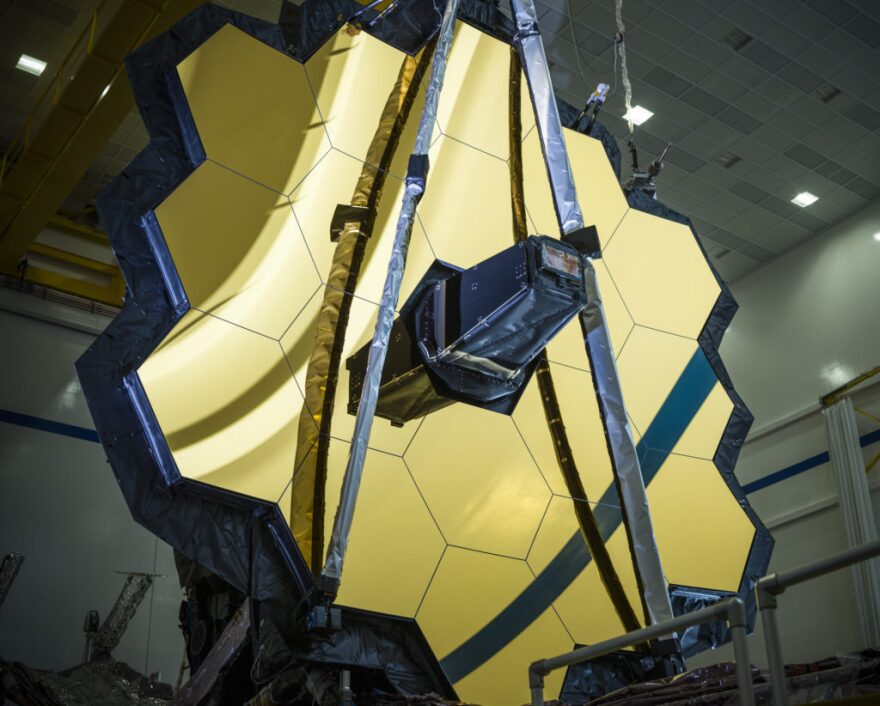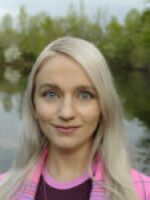After 25 years and $10 billion dollars, NASA’s bigger, more powerful successor to the Hubble Space Telescope will ascend Saturday—so long as there are no more delays.
The James Webb Space Telescope will be able to peer through the dust of deep space and detect infrared light in the unseen corners of the universe. Scientists expect to see when the first stars and galaxies formed, over 13.5 billion years ago, and the chemical composition of planetary atmospheres in distant solar systems.
“The James Webb Telescope is by far, by a country mile, the single most ambitious and technologically-advanced thing that human beings have sent into space,” said Dr. Keivan Stassun, an astrophysicist at Vanderbilt University.
Researchers and students from Vanderbilt, Fisk University and Tennessee State University will be among the first with the chance for astronomical discovery.
Stassun’s team is interested in Webb’s ability to examine Earth-like planets. The telescope can measure the light spectra of their atmospheres to look for biologically-relevant compounds like water, carbon dioxide and ozone.
“We won’t yet be able to know whether there’s anybody or anything walking around on those planets and breathing those atmospheres, but we’ll at least get to know whether those atmospheres are breathable,” Stassun said.
The Webb telescope has a lot of components. In NASA’s words, there are 344 “single points of failure.”
But the most important piece is the light-gathering, segmented mirror. It contains 18 gold-plated hexagonal pieces and has a 21.3-foot diameter, nearly three times larger than Hubble’s mirror.
Webb detects infrared light, or heat radiation, which is how it will see further back in time than Hubble, which primarily detected visible and ultraviolet light. (When light moves away from a viewer, it gets stretched and turns redder, a phenomenon called redshifting.)
Because Webb detects heat, it has to be in a very cold place—less than 7 kelvins, or -448 degrees Fahrenheit, according to NASA.
Webb will travel one million miles to what’s called a Lagrange point, a place where the gravitational pull of two large masses—Earth and the Sun—equals the centripetal force required for a small object to move with them. In other words, the small object maintains its position relative to the orbiting bodies.
This special, faraway spot means there will be no maintenance. “It just has to work, and it just has to work for a long time. What is my anxiety about that? My anxiety is utter,” Stassun said. “And total.”
During the first month after launch, the observatory will unfold its mirrors, a tennis-court-size sunshield and a plethora of small systems. It will take a few more months for Webb to cool down, align and calibrate.
If successful, scientists could begin sharing data by the middle of next year—and initiate the next era of cosmic discovery.
“There is almost not a more hopeful thing that people hope than this kind of grand, visionary exploration,” Stassun said.


